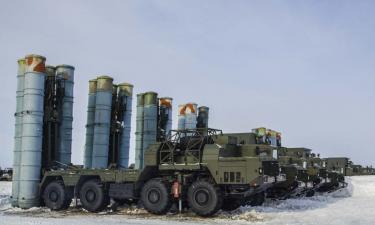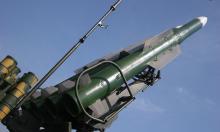NASA Discovers Original Recordings of Neil Armstrong and Buzz Aldrin's Lunar Excursion
A carefully worded media advisory note issued Monday promised that "greatly improved video imagery from the July 1969 live broadcast of the Apollo 11 moonwalk" would be made public Thursday.
Rumors have been flying around the Internet for weeks that NASA, after years of searching, had discovered the original recordings of Neil Armstrong and Buzz Aldrin's lunar excursion — which the space agency once feared had been accidentally destroyed.
The story was that the tapes had been found in a storage facility in the basement of a building on a university campus in Perth, Australia.
Monday's statement appeared to confirm that report, stating that the footage comes from what is "believed to be the best available broadcast-format copies of the lunar excursion, some of which had been locked away for nearly 40 years, FoxNews reports.
Also to detractors, this is a description of disparagement — treading the same path as 40 years ago, only with bigger, costlier rockets.
But the officials at the National Aeronautics and Space Administration say the new missions will be much grander — astronauts living on the Moon for months at a time, driving hundreds of miles across the lunar surface and, for the first time, building an outpost on ground that is not Earth.
“It’s not just flags and footsteps,” said John Olson, director of the office within NASA’s exploration systems mission directorate that integrates the disparate parts of a lunar program. “It’s substantially important work.”
The technologies and skills, the NASA officials say, are essential before pushing on to Mars , the next major destination. Scientists see several exciting research possibilities on the Moon, like building a radio telescope on the far side, shielded from the noise from Earth, and looking for layers of frost in shadowed craters near the poles, which may preserve hints of the solar system’s past, New York Times reports.
It is 40 years since the words, 'The Eagle has landed,' sent a thrill around the world. The Apollo moon missions were to herald a new dawn of space exploration, of lunar bases, manned missions to Mars, and more. But in the decades since – and after the Shuttle disasters – America's appetite for interplanetary flight dwindled. The moon landings marked not the beginning, but the end, of our space dreams
It was the most audacious act of exploration ever carried out by a human being. On 21 July, 1969, astronaut Neil Armstrong stepped onto the lunar surface to become the first person in history to set foot on another world. A quarter of a million miles away, in downtown bars, in neighbours' homes, in village halls and in gathering places across the planet, men, women and children watched the world's greatest TV spectacle unfold. Grainy, black-and-white images showed the astronaut clamber outside the Eagle, Apollo 11's lunar lander; drop on to the soil of the Sea of Tranquillity; and tell Earth that he had just taken "one small step for man; one giant leap for mankind, Ethiopian Review reports.
Subscribe to Pravda.Ru Telegram channel, Facebook, RSS!





